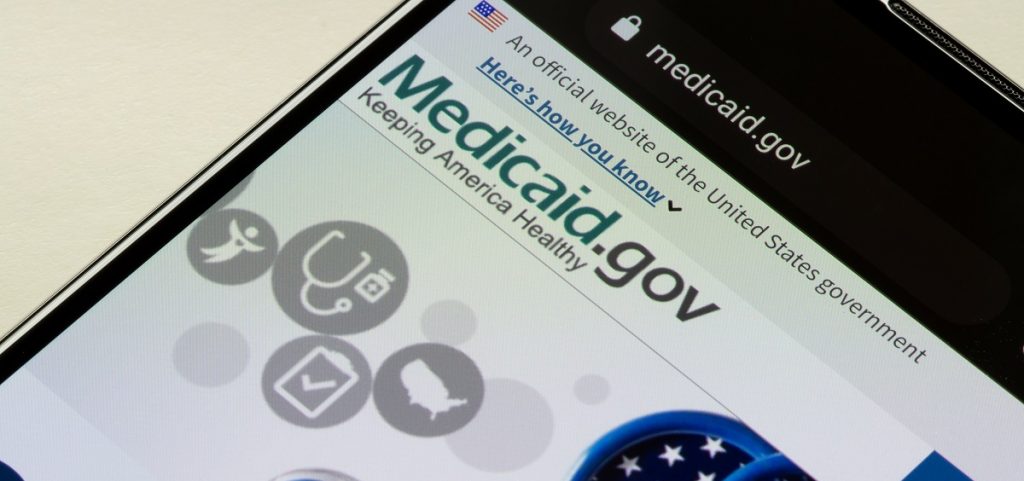Rachana Pradhan:
So, yes, the states where Medicaid was not expanded, the eligibility was not broadened under the Affordable Care Act. Those states are, of course, disproportionately. They’re in the south and the Midwest. They are going to have very restrictive eligibility levels once again for especially adults without children because, of course, Medicaid, it covers so many people that how you qualify based on your income varies depending on whether you are a senior in a nursing home, whether you are a pregnant person who’s currently receiving Medicaid, whether you’re a child.
So, I think the risk really people who are trying to ensure that coverage is maintained for those who are eligible, certain people are at higher risk for losing their benefits, especially adults about children, and parents and their children. Those are people who are, I think, especially vulnerable.


